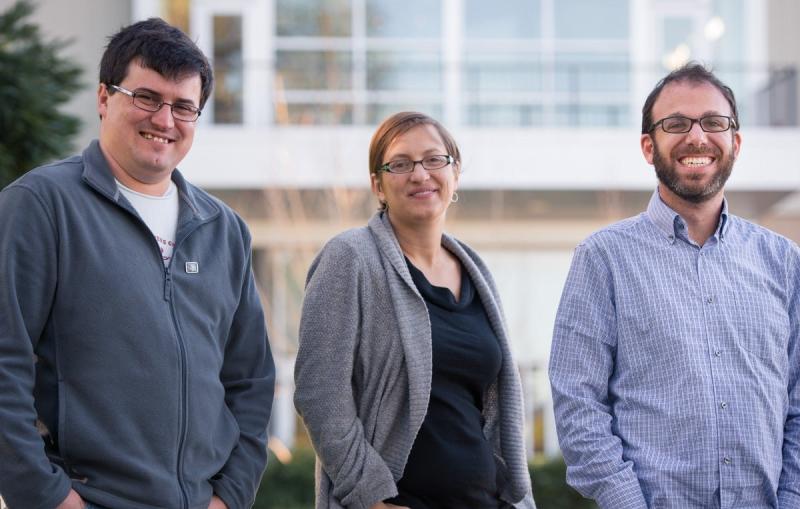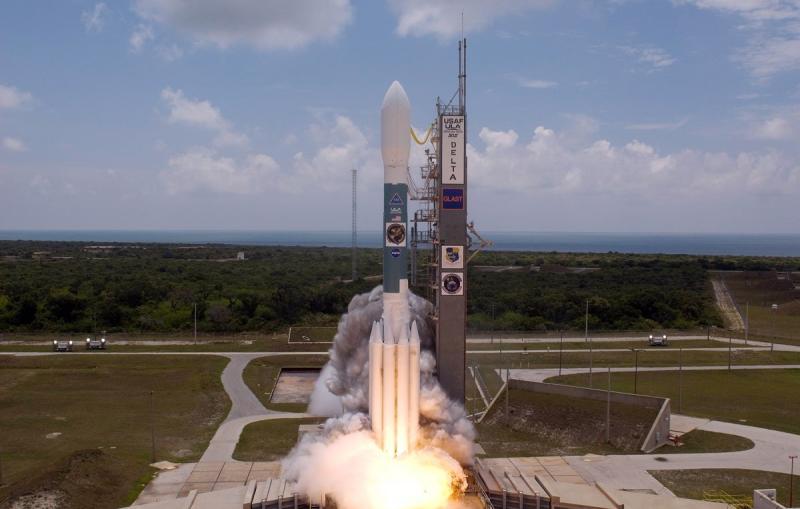


What happened in the first moments after the Big Bang 14 billion years ago? SLAC scientists are joining others to search the oldest observable light, the cosmic microwave background (CMB) for clues.
Related links:
Physics of the Universe
Astrophysics and cosmology


